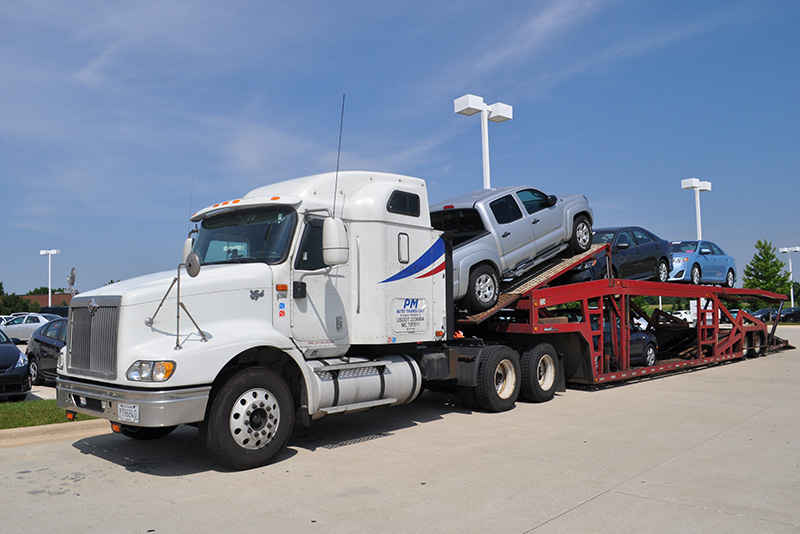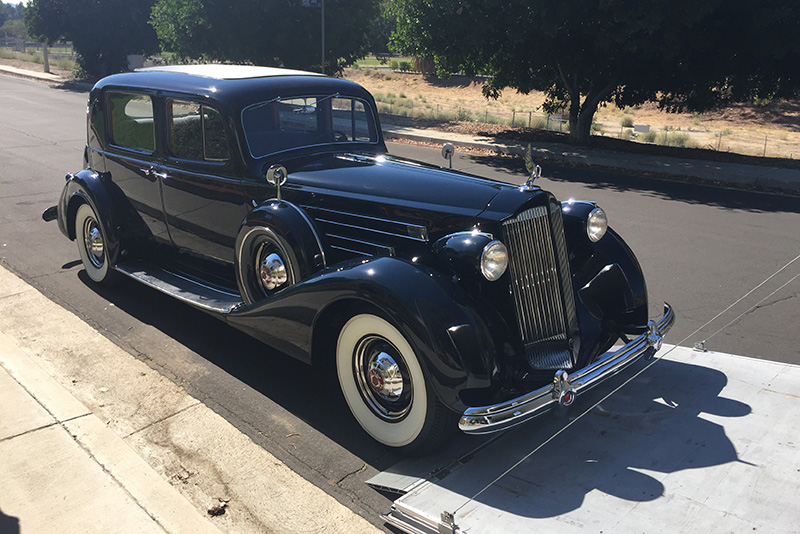Despite being an industry that is a large factor in the American economy, long-haul trucking doesn’t seem to be a concern of the Department of Labor at all. Working conditions of long-haul truck drivers have worsened in the past years, and mistreatment is causing many drivers to leave the industry. As a result, employers hire young and less experienced drivers to whom they dedicate their 18-wheelers – a decision that puts both the employers and the employees in danger.
As a result of this unfortunate trend, the Senate has even approved a pilot program that will allow 18-year-olds to drive semis across state lines despite the fact that the 18- to 21-year-old demographic has one of the highest accident rates. When it comes to long-haul trucking, the government’s focus throughout the past years has been primarily on safety; which is quite understandable considering the high number of accidents involving semis on the road – every year about 5,000 people are killed in such accidents. But apart from safety, where is the concern for drivers themselves?
Truck drivers take pride in what they do, and this should not be underestimated. They show skill and focus in their daily job. Coordination and timing are required to keep track of the road and the gears. The prolonged working hours are always an obstacle which teaches drivers how to be persistent and courageous to keep their minds and eyes on the road. Factors such as weather conditions, construction zones, terrain, and road quality contribute to the difficulty of the job, requiring the drivers’ constant attention.
Did we mention that they have to fight boredom more often than any of us these days? Even if they drive with a partner, the picture can get quite dull sometimes. Being on the road for more than 14 hours on some days, driving through picturesque but monotonous views, days and days in a row can make drivers lose interest in any activity while they are on the road. They are living the dream – some might think – because they get to travel for so long. While others would realize – they are driving, but they are not tourists, which turns into not the most desired dream, but very often one’s worst nightmare. Waiting becomes their hobby. Or at least, their most often practiced activity. These factors affect not only truck operators’ safety but also their mental and emotional health. No sick pay or holiday pay to compensate for any of these either.
They don’t go home every evening to their family like most other professionals, or when they do it is only for a couple of days, and they have to leave again. Drivers sleep, eat and spend their entire days in their trucks. They have to learn how to get by with as little food, drinks and even bathroom breaks as possible – because every minute they are parked at a rest stop is automatically lost income.
What is quite bothersome is that long-haul drivers are a concern of the Department of Transportation and not the Department of Labor. The lack of interest demonstrated by the Department of Labor allows employers to do whatever they please with their drivers and ends with drivers getting back on the road without having slept long enough or having cleared their minds before the next trip.
Their eating habits are often neglectful; truck operators satisfy themselves with whatever they can find. Exercise, too, is, for the most part, non-existent. There simply isn’t time, and usually, truckers are exhausted.
“We found a lot of loneliness, anxiety, [illegal] substance use and unsafe sex. Depression is a problem, and, untreated, it can get worse,” says Mona Shatell, the author of several scientific surveys of the mental and physical health of long-haul truckers. According to the Centers for Disease Control and Prevention, truck driver suicide rates are among the top five professions in the country.
Isn’t it obvious now why more and more long-haul drivers decide to leave the job? Many truck drivers consider their jobs a temporary solution to a current problem – whether to earn money for a worldwide trip, to save up and buy a house, or to pay off university bills. As you can see, they don’t have many motivational factors to keep them working in the industry either.
Truck drivers help the American economy thrive and what do they get in return?
The government tries to address some of these issues through regulations. Again, related to traffic safety. Maximum driving hours and mandatory rest times were enforced to protect drivers and others on the road from accidents. Organizations like “The Healthy Trucker” are starting to work to help long-haul drivers, now too.
Higher amounts of surveillance are another precaution of contradictory nature. Drivers are not only monitored for speed, but much more – they are provided with trucks that can only reach a certain speed, or have sensors installed on their vehicles which measure the distance between a truck and a car in front of it, and brakes if this distance is shorter than necessary.
Apart from this, however, not much has been done. All these are protective measures for safety. But do they even affect or benefit drivers as much as necessary?
Truck drivers have become outsiders. They sacrifice their life with their families and dedicate it to 18-wheel dangerous beasts instead. Since the Department of Labor is not associated with them in any way yet, they don’t even have an institution to turn to for support. Overall, the yearly medical check-ups and decreased driving hours have not shown any effect on drivers mental and physical condition yet.
Voluntary programs are now starting to focus on the issue and aim to provide tips and advice on what to eat while behind the wheel and how to exercise to stay healthy. Making sure these kind words reach long-haul drivers, however, would be the harder part. And yet, little things like this could change a person’s mindset for the better. And it seems like it is in the hands of the ordinary people to help this change occur.
Save












